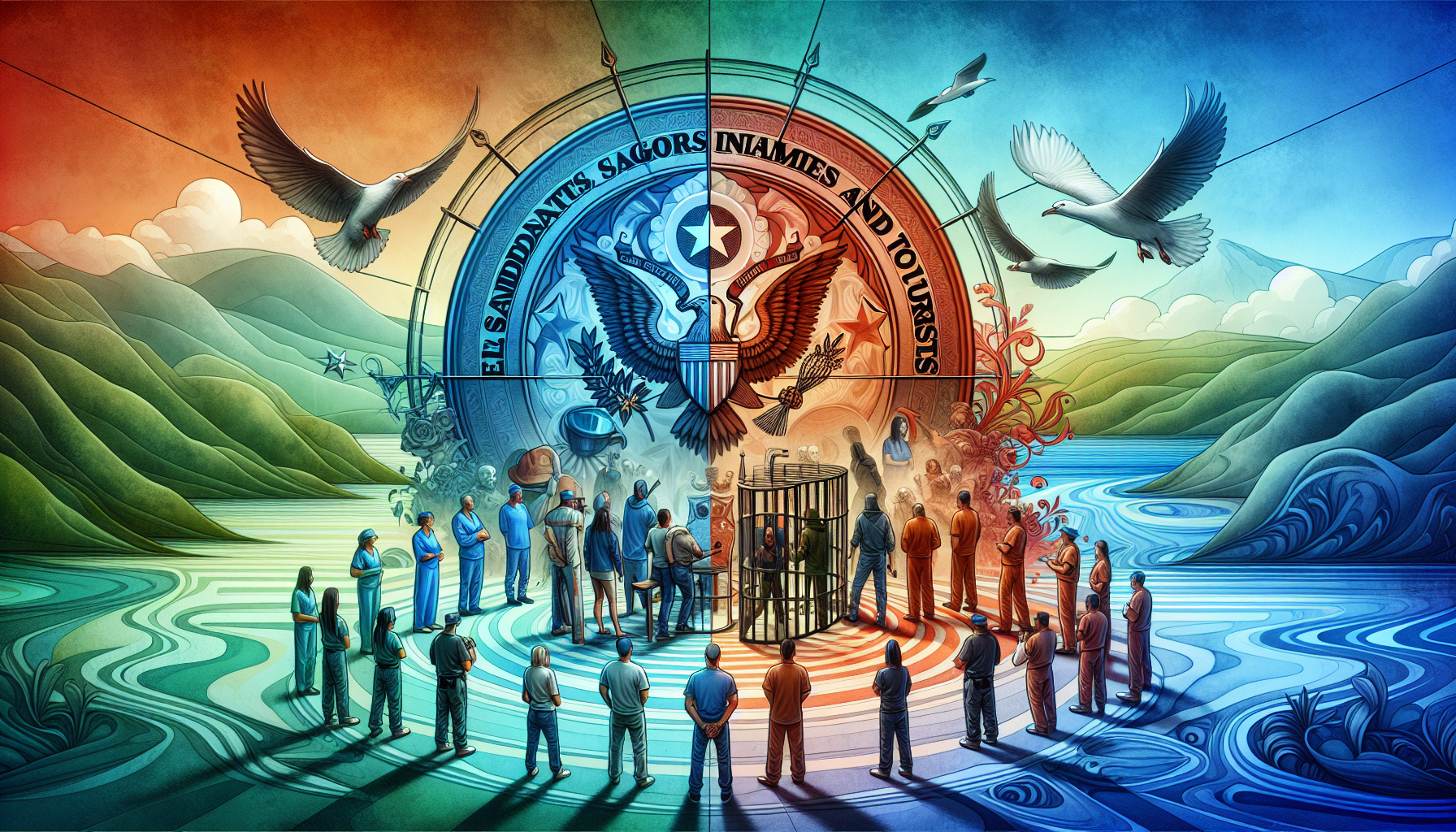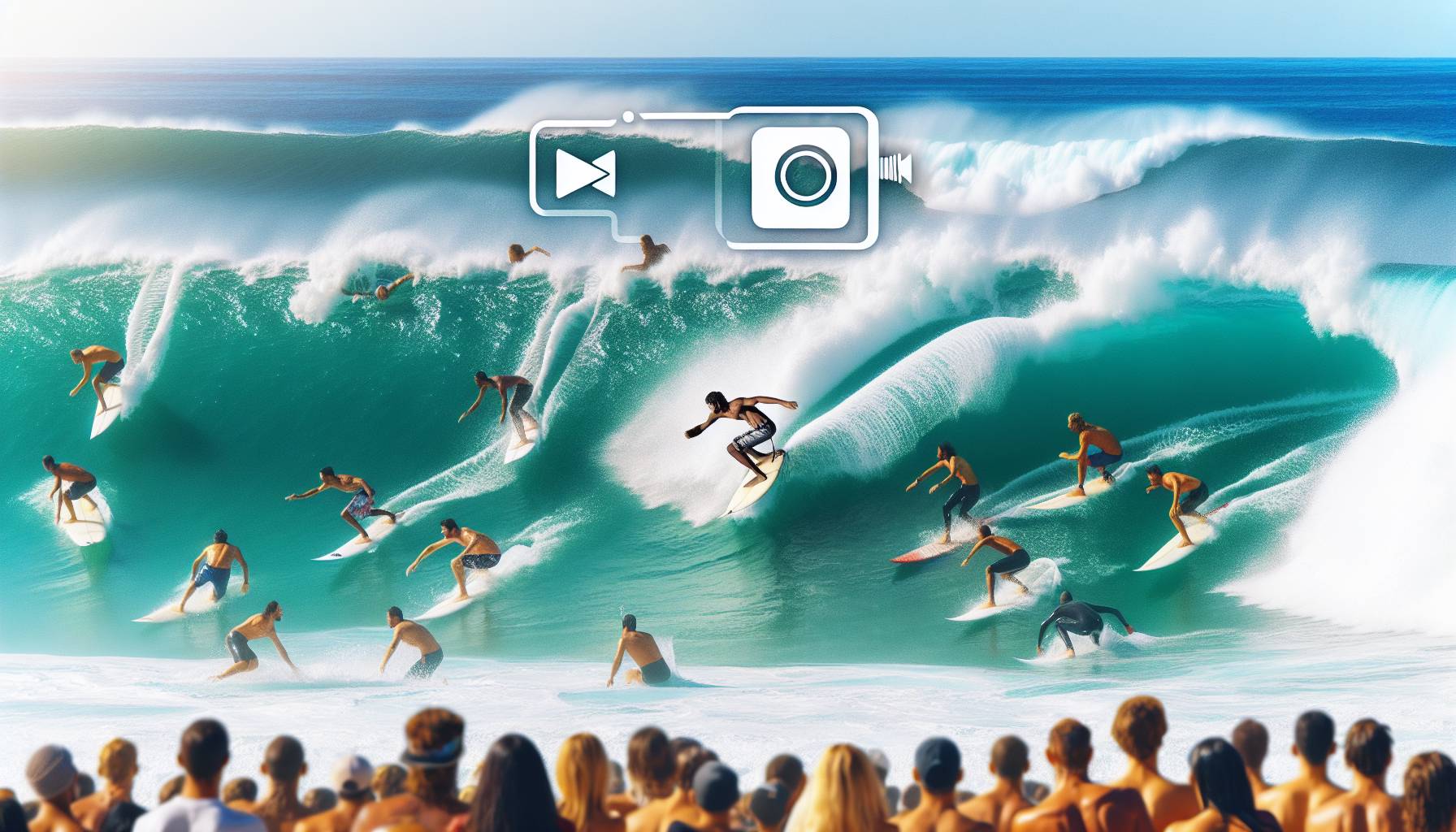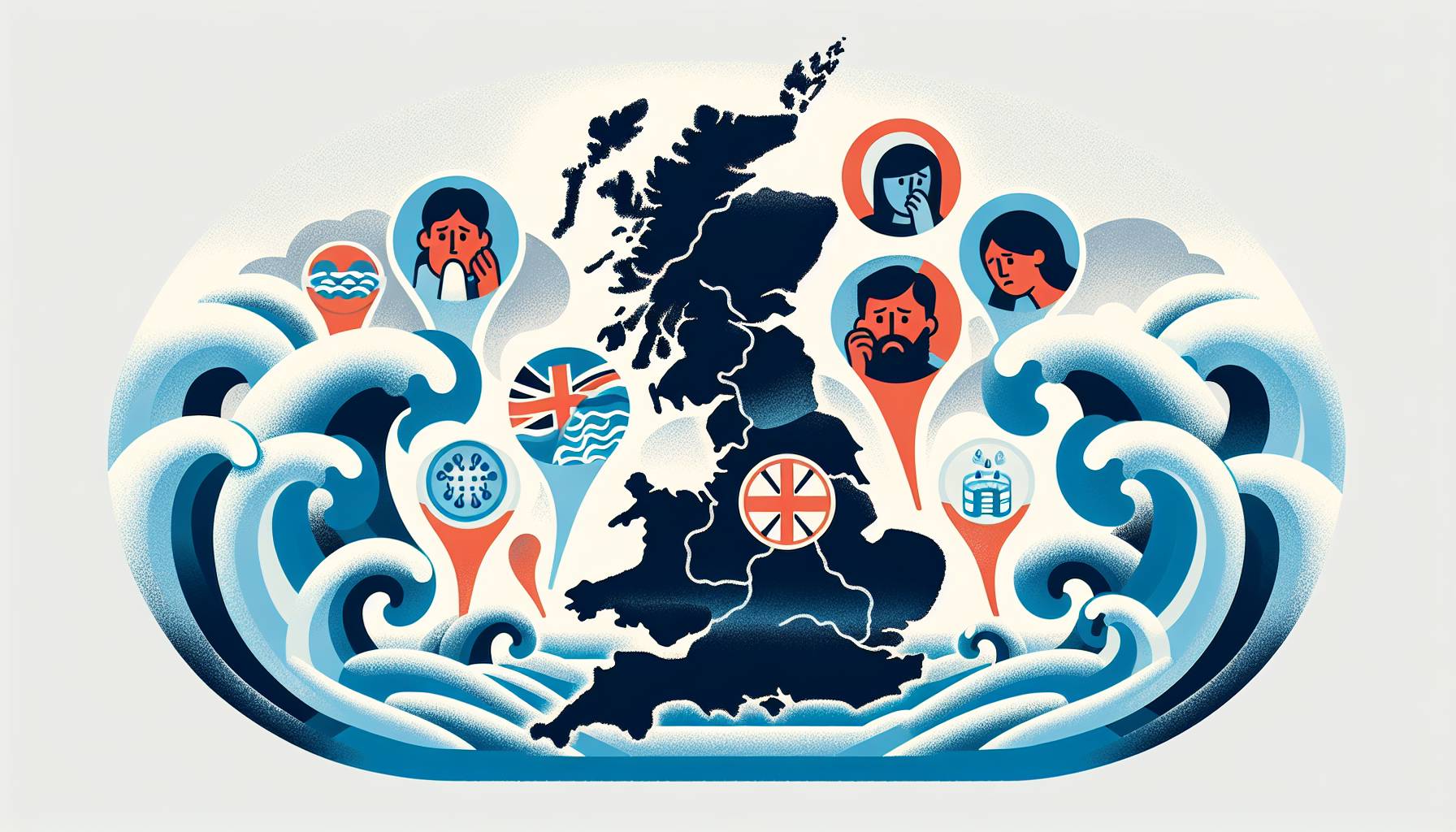
Coastal development and tourism investment
El Salvador’s Pacific coastline, once overlooked by international travelers, is now at the heart of a major transformation driven by President Nayib Bukele’s administration. With a focus on revitalizing the country’s beach towns and surf destinations, the government has allocated substantial funding to develop coastal areas, aiming to position El Salvador as a premier destination for surf tourism and seaside leisure.
One of the flagship initiatives is the “Surf City” project, which targets key surf spots such as El Tunco, El Zonte, and Punta Roca. These areas are being upgraded with improved beach access, modern amenities, and enhanced safety measures to attract both amateur and professional surfers. The government’s investment includes the construction of boardwalks, beachfront lighting, and lifeguard stations, all designed to elevate the visitor experience.
For Australian surfers seeking new waves and uncrowded breaks, El Salvador’s consistent swells and warm waters offer an appealing alternative to more commercialized surf destinations. The country’s Pacific coast boasts a variety of right-hand point breaks, with Punta Roca often compared to world-class waves found in Indonesia or Fiji.
In addition to surf-focused development, the government is also supporting local businesses and hospitality ventures. Boutique hotels, eco-lodges, and surf camps are emerging along the coast, many of them run by Salvadorans who are benefiting from increased tourism. This grassroots growth is helping to create a more sustainable tourism model that supports local communities while catering to international visitors.
Events such as the ISA World Surfing Games and WSL Qualifying Series competitions have also been hosted in El Salvador, drawing global attention to the country’s surf potential. These events not only showcase the quality of the waves but also highlight the government’s commitment to positioning El Salvador as a serious player in the international surf scene.
With ongoing investment and a clear focus on surf tourism, El Salvador is rapidly becoming a destination of interest for Australian surfers looking to explore new territory. The combination of natural beauty, consistent surf, and improved infrastructure is reshaping the country’s image and opening up fresh opportunities for adventure along its scenic coastline.
Changing international perceptions
El Salvador’s efforts to rebrand itself on the global stage are beginning to shift international perceptions, particularly among travelers who once associated the country primarily with crime and instability. For years, headlines about gang violence and insecurity overshadowed the nation’s natural beauty and cultural richness. However, under President Bukele’s administration, a concerted campaign is underway to change that narrative—one wave at a time.
Surf tourism has become a powerful tool in reshaping how the world views El Salvador. By hosting international surf competitions and promoting its coastline through global media, the country is presenting a new face to the world—one of vibrant beach culture, world-class waves, and welcoming communities. For Australian surfers, who are no strangers to remote surf destinations, this evolving image is particularly compelling. The idea of discovering a relatively untapped surf haven, with fewer crowds and a strong local surf culture, is drawing increasing interest.
Social media has played a significant role in this transformation. Influencers, pro surfers, and travel bloggers have begun to share their experiences in El Salvador, showcasing not only the quality of the surf but also the warmth of the local people and the authenticity of the coastal towns. These organic endorsements are helping to counterbalance older stereotypes and encourage a more nuanced understanding of the country.
Moreover, the Salvadoran government has actively engaged with international media and tourism boards to promote a safer, more inviting image. Campaigns targeting surf communities in countries like Australia, the United States, and Europe emphasize the country’s improved security, upgraded infrastructure, and commitment to sustainable tourism. These efforts are beginning to pay off, with a noticeable uptick in foreign visitors and a growing number of surf travelers adding El Salvador to their bucket lists.
For Australians accustomed to surf trips in Indonesia, Central America may still feel like uncharted territory. But as El Salvador continues to invest in its coastal regions and promote its surf culture, it is quickly becoming a viable and exciting alternative. The shift in perception is not just about changing minds—it’s about opening up new possibilities for adventure, cultural exchange, and economic opportunity along the Pacific coast.
Infrastructure projects and economic growth
El Salvador’s push to become a global surf destination is underpinned by a wave of infrastructure projects designed to stimulate economic growth and improve accessibility to its coastal regions. The government has prioritized the development of roads, airports, and public utilities to support the influx of international visitors and to ensure that remote surf towns are no longer isolated from the rest of the country.
One of the most significant undertakings is the expansion and modernization of the coastal highway known as the “Litoral.” This key artery connects major surf spots like El Zonte, El Sunzal, and Punta Mango, reducing travel times and making it easier for surfers to explore multiple breaks in a single trip. For Australian travelers used to navigating long coastal drives in search of the perfect wave, the improved road network offers a familiar yet exciting experience in a new setting.
In tandem with road improvements, the government has invested in upgrading El Salvador International Airport, enhancing its capacity and efficiency to accommodate a growing number of international flights. While direct flights from Australia are not yet available, improved connections through the United States and Latin American hubs are making the journey more seamless. These upgrades are crucial for positioning El Salvador as a competitive destination in the global surf tourism market.
Beyond transportation, the administration is also focusing on utilities and public services in coastal communities. Projects include the installation of reliable electricity, clean water systems, and waste management infrastructure—essential components for supporting sustainable tourism. These improvements not only benefit visitors but also enhance the quality of life for local residents, many of whom are now finding employment opportunities in the growing tourism sector.
To further stimulate economic activity, the government has introduced incentives for foreign and local investors interested in developing tourism-related businesses. This includes tax breaks and streamlined permitting processes for surf lodges, restaurants, and tour operators. As a result, a new wave of entrepreneurial ventures is emerging along the coast, many of which are tailored to the needs of international surfers seeking authentic, locally rooted experiences.
For Australian surfers, these infrastructure developments mean more than just convenience—they represent a gateway to a surf-rich region that is becoming increasingly accessible and welcoming. The combination of world-class waves, improved logistics, and a supportive economic environment is transforming El Salvador into a dynamic destination where surf culture and economic progress ride the same swell.
Coastal development and tourism initiatives
El Salvador’s Pacific coast is getting a serious glow-up, and it’s not just the sunsets turning heads. President Nayib Bukele’s government has poured millions into revamping the coastline, aiming to turn this Central American gem into a hotspot for surf, sun, and serious adventure. Think world-class waves, upgraded roads, and beachfront developments that make you want to chuck your return ticket.
One of the crown jewels of this coastal push is Surf City—a government-backed initiative that’s transforming sleepy beach towns into international surf destinations. The project kicked off with El Tunco and El Zonte, two breaks that already had a cult following among hardcore surfers. Now, they’ve got fresh infrastructure, better access, and a vibe that’s part Bali, part Byron, and all about the barrels.
“Mate, the waves here are punchy, consistent, and uncrowded—like Snapper Rocks before the crowds moved in,” said one Aussie expat who’s been chasing swell in Central America for years.
Beyond the surf, the government’s also investing in fishing villages and eco-tourism. Locals are being trained as guides, and new lodges are popping up that cater to anglers chasing roosterfish and tuna, or travellers keen to hike volcanoes before knocking back a cold one on the beach.
- New highways connect San Salvador to the coast in under 30 minutes
- Beachfront promenades and surf-friendly infrastructure are in place
- International surf comps are now being hosted, putting El Salvador on the global map
It’s not just about catching waves—it’s about catching a new vibe. And for Aussies looking for the next big surf and fishing frontier, El Salvador’s coast is shaping up to be a ripper of a destination.
Changing perceptions through infrastructure and security
But let’s be real—El Salvador hasn’t always been on the radar for the right reasons. For years, headlines were more about gang violence than good times. That’s changing fast, thanks to a hardline security crackdown and a blitz of infrastructure upgrades that are flipping the script on the country’s image.
At the centre of this shift is the government’s controversial mega-prison, CECOT, which has been grabbing international attention. While it’s a stark symbol of Bukele’s zero-tolerance approach to crime, locals say it’s made a real difference. Streets that were once no-go zones are now buzzing with life, and tourists are starting to feel safe enough to explore beyond the beach breaks.
“You used to have to keep your wits about you just walking to the corner store. Now, I’m seeing families out at night and surfers hitching rides with locals,” said a Salvadoran surf instructor in El Zonte.
Security isn’t the only thing getting a facelift. The government’s been laying down fresh tarmac like it’s going out of style—new highways, upgraded airports, and even better signage (so you don’t end up lost in a sugarcane field). It’s all part of a bigger plan to make the country more accessible and tourist-friendly.
- Over 60,000 troops deployed to improve public safety
- Crime rates have dropped significantly since 2022
- Major infrastructure projects include airport expansion and coastal road upgrades
For Aussie adventurers, that means you can chase a dawn patrol session, hit a local fish market for lunch, and still have time to explore a volcano—all without worrying about dodgy detours. It’s not just safer—it’s smoother, faster, and a whole lot more fun.

